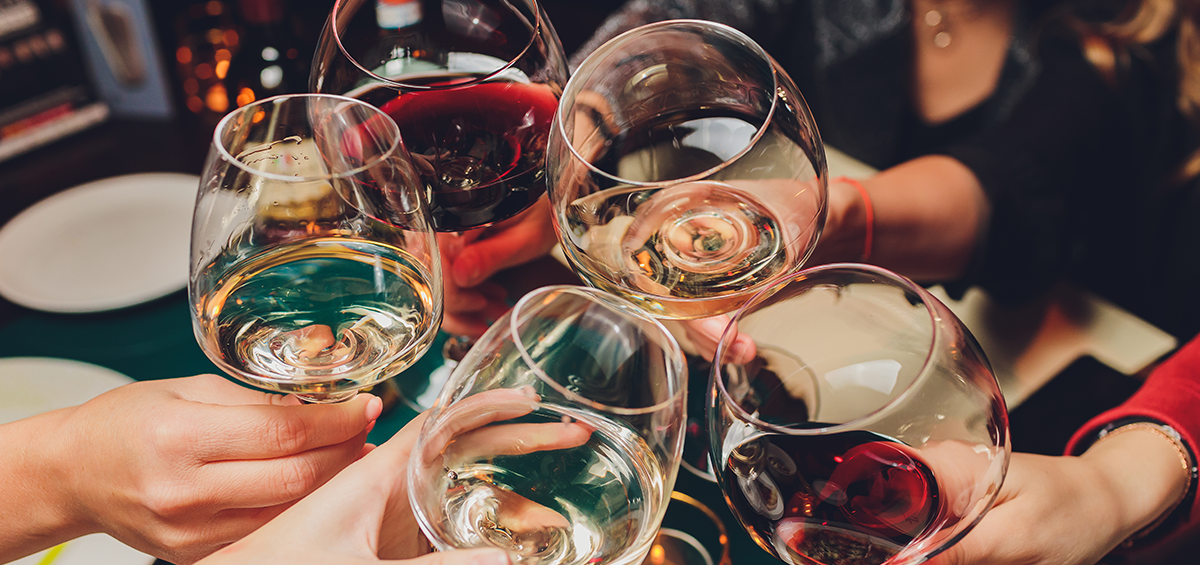St. Martin’s Day, also known as the Feast of St. Martin, Martinstag or Martinmas, the Feast of St. Martin of Tours or Martin le Miséricordieux, is a time for feasting celebrations. This is the time when autumn wheat seeding was completed, and the annual slaughter of fattened cattle produced “Martinmas beef”. Historically, hiring fairs were held where farm laborers would seek new posts.
November 11 is the feast day of St. Martin of Tours, who started out as a Roman soldier. He was baptized as an adult and became a monk. It is understood that he was a kind man who led a quiet and simple life. The most famous legend of his life is that he once cut his cloak in half to share with a beggar during a snowstorm, to save the beggar from dying from the cold.
St. Martin was known as friend of the children and patron of the poor. This holiday originated in France, then spread to Germany, Scandinavia, and Eastern Europe. It celebrates the end of the agrarian year and the beginning of harvesting. This fast period lasted 40 days, and was therefore, called “Quadragesima Sancti Martini”, Latin for “the forty days of St. Martin. The goose became a symbol of St. Martin of Tours because of a legend that when trying to avoid being ordained bishop he had hidden in a goose pen, where he was betrayed by the cackling of the geese. St. Martin’s feast day falls in
The goose became a symbol of St. Martin of Tours because of a legend that when trying to avoid being ordained bishop he had hidden in a goose pen, where he was betrayed by the cackling of the geese. St. Martin’s feast day falls in November, when geese are ready for killing. It was an important medieval autumn feast, and the custom of eating goose spread to Sweden from France.
Though no mention of Saint Martin’s connection with viticulture is made by Gregory of Tours or other early hagiographers, he is nonetheless credited with a prominent role in spreading wine-making throughout the Touraine region and facilitating the planting of many vines. The Greek myth that Aristaeus first discovered the concept of pruning the vines after watching a goat eat some of the foliage has been appropriated to Martin. Martin is also credited with introducing the Chenin blanc grape varietal, from which most of the white wine of western Touraine and Anjou is made.
Martinmas actually has two meanings: in the agricultural calendar it marks the beginning of the natural winter, but in the economic calendar it is seen as the end of autumn. The feast coincides not only with the end of the Octave of All Saints, but with harvest-time, the time when newly produced wine is ready for drinking, and the end of winter preparations, including the butchering of animals. In some countries, Martinmas celebrations begin at the eleventh minute of the eleventh hour of this eleventh day of the eleventh month (that is, at 11:11 am on November 11). In others, the festivities commence on St. Martin’s Eve (that is, on November 10). Bonfires are built and children carry lanterns in the streets after dark, singing songs for which they are rewarded with candy. Celebrations around the world:
Austria – “Martinloben” is celebrated as a harvest festival. Events include art exhibitions, wine tastings, and live music.
Belgium – Children go through the streets with paper lanterns and candles, and sing songs about St. Martin. Sometimes, a man dressed as St. Martin rides on a horse in front of the procession.
Slovenia, Croatia – In Slovenia and Croatia, St. Martin’s Day (Martinovanje, Martinje) marks the day when the must traditionally turns to wine. The must is usually considered impure and sinful, until it is baptised and turned into wine. The baptism is performed by someone who dresses up as a bishop and blesses the wine; this is usually done by the host. Another person is chosen as the godfather of the wine. The foods traditionally eaten on the day are goose and home-made or store bought mlinci.
Slovakia – Small presents or money are common gifts for this special occasion. Tradition says that if it snows on the feast of St. Martin, November 11, then St. Martin came on a white horse and there will be snow on Christmas day. However, if it doesn’t snow on this day, then St. Martin came on a dark horse and it will not snow on Christmas.
Chezch Republic – Czechs roast goose and drink the Czech version of Beaujolais nouveau, Svatomartinské vino, a young wine from the recent harvest. Wine shops and restaurants around Prague pour the first of the St. Martin’s wines at 11:11 a.m. Many restaurants offer special menus for the day, featuring the traditional roast goose.
Denmark – In Denmark, Mortensaften, meaning the evening of St. Martin, is celebrated with traditional dinners, while the day itself is rarely recognized.
Estonia – Among Estonians, Martinmas also marks the end of the period of All Souls, as well as the autumn period in the Estonian popular calendar when the souls of ancestors were worshiped, a period that lasted from November 1 to Martinmas (November 11). On this day children disguise themselves as men and go from door to door, singing songs and telling jokes to receive sweets.
Germany – A widespread custom in Germany is bonfires on St. Martin’s eve, called “Martinsfeuer.” The nights before and on the night of Nov. 11, children walk in processions carrying lanterns. The tradition is the St. Martin’s goose or “Martinsgans”, which is typically served on the evening of St. Martin’s feast day following the procession of lanterns, most likely evolved from the well-known legend of St. Martin and the geese.
Latvia – Mārtiņi (Martin’s) is traditionally celebrated by Latvians on November 10, marking the end of the preparations for winter, such as salting meat and fish, storing the harvest and making preserves. Mārtiņi also marks the beginning of masquerading and sledding, among other winter activities.
Malta – Children are given a bag full of fruits and sweets associated with the feast, known by the Maltese as Il-Borża ta’ San Martin, “St. Martin’s bag”. This bag may include walnuts, hazelnuts, almonds, chestnuts, dried or processed figs, seasonal fruit (like oranges, tangerines, apples and pomegranates) and “Saint Martin’s bread roll”.
Netherlands – As soon it gets dark, children go door to door with hand-crafted lanterns made of hollowed-out sugar beet or, more recently, paper, singing songs such as “Sinte Sinte Maarten,” hoping to receive candy in return, similar to Halloween.
Poland – On November 11, the people buy and eat considerable amounts of “Rogale” (pronounced Ro-gah-leh), locally produced croissants, made specially for this occasion from half-French paste with white poppy seeds, crushed almonds or walnuts, and dainties, so-called “Rogal świętomarciński” orMartin Croissants or St. Martin Croissants.
Portugal – In Portugal, St. Martin’s Day is commonly associated with the celebration of the maturation of the year’s wine, being traditionally the first day when the new wine can be tasted. It is celebrated, traditionally around a bonfire, eating the magusto, chestnuts roasted under the embers of the bonfire (sometimes dry figs and walnuts), and drinking a local light alcoholic beverage called água-pé
Spain – St. Martin’s Day is the traditional day for slaughtering fattened pigs for the winter.
Ireland – On the eve of St. Martin’s Day, it is tradition to sacrifice a cockerel by bleeding it. The blood was collected and sprinkled on the four corners of the house.




